Nuclear energy is often absent from discussions on energy strategies, especially in Europe and even in France where it still produces nearly 70% of electricity. While the energy transition requires the world economy to diversify energy resources in order to phase out fossil fuels, it is necessary to question the role that nuclear power can play in the energy transition.

The Foundation for Strategic Research has published, in France, an interesting report on nuclear energy prospects in the world (Annabelle Livet, “Energy transition: what role for nuclear?” September 2020, www.frstrategie.org, cf. P. Papon Futuribles Vigie, November 2020, www.futuribles.com ). It starts with the observation that within the EU nuclear power is absent from reflections on the European energy strategy, thus the documents published about the European “Green Deal” do not mention this option, although the EU Parliament had stressed that it could « contribute to achieving climate objectives as long as it is an energy that does not emit greenhouse gases ».
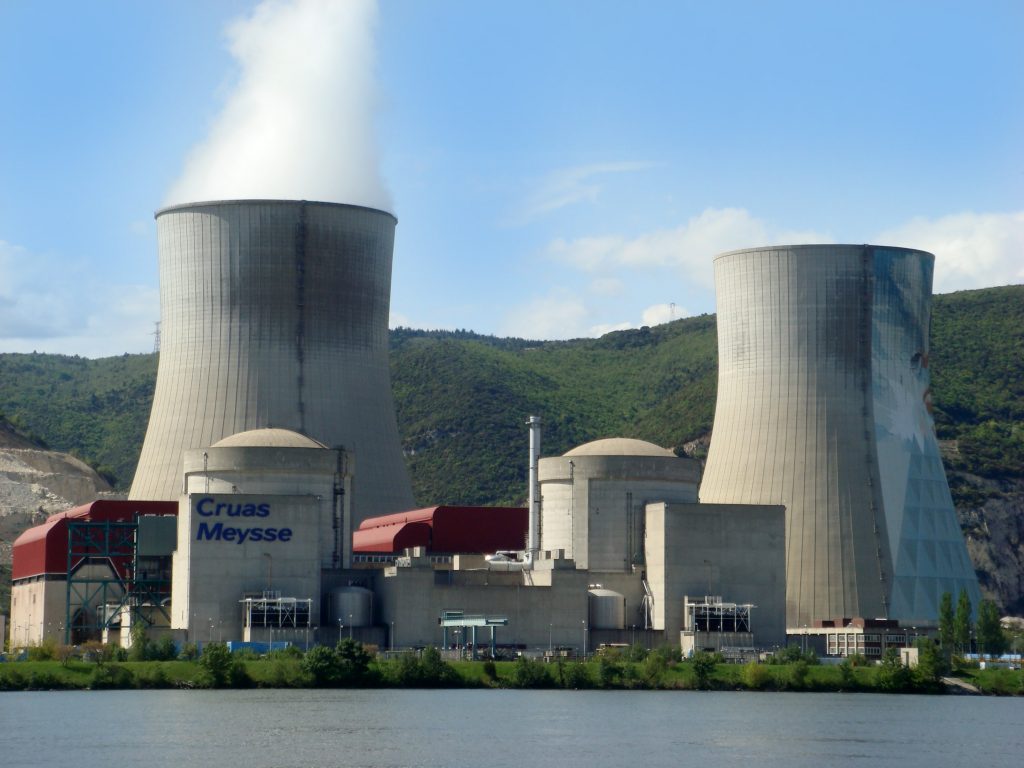
A paradoxical situation insofar as several European countries (including France and United Kingdom) keep it as an open option as well as Russia, China and India. The global context for nuclear power is currently mixed. After a period of relative euphoria in its deployment, in 1950-1970, mainly in Europe, the United States and Japan, the Chernobyl disaster in 1986 marked a turning point, as the pace of development of nuclear energy then experienced a strong inflection while the Fukushima disaster in Japan in 2011 accentuated the decline in investments in this sector in many countries, especially in Europe, with Germany deciding to exit from nuclear energy. Globally, global investments for nuclear only represented $ 30 billion / year in 2020, compared to $ 100 billion for solar photovoltaic. In Europe, where the existing fleet of reactors is aging (80% of reactors are over thirty years old), as in the United States (90% of reactors are over thirty years old), France has a « wait and see » position and decided reducing its share of nuclear power in electricity production to 50% by 2035 while she is awaiting the end of the Flamanville EPR (European or third-generation pressurized water reactor) reactor construction in order to reinvest (cf. picture).
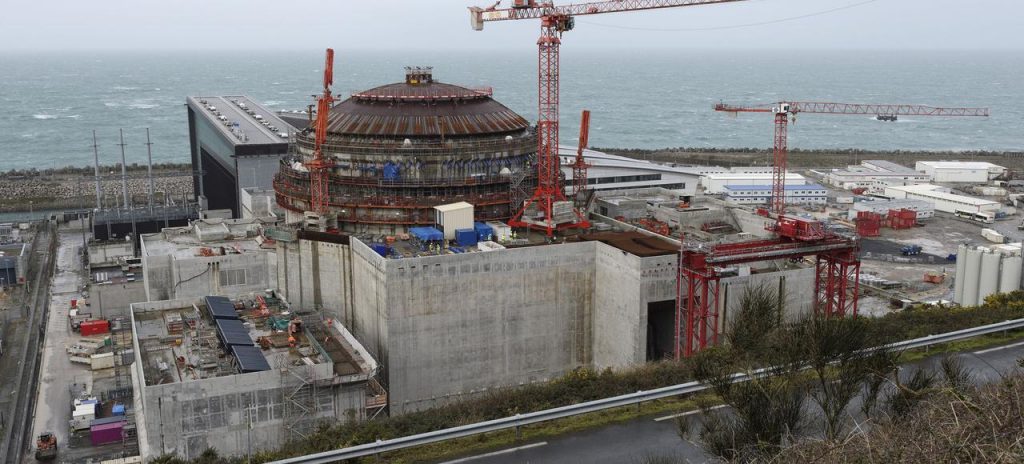
The United Kingdom and several Eastern European countries (Hungary and Poland in particular) are in favor of relaunching nuclear power (EDF being one of the players in this relaunch in the United Kingdom where it is building two EPRs), the United-States and Japan are also in a wait-and-see attitude, the latter considering that nuclear power would help reducing its energy imports and CO2 emissions, its choice of maintaining nuclear power would be thus a « resigned » one, as for South Korea. Russia and China, without making nuclear energy a priority, are investing heavily in new generations of reactors; China is already occupying the third place in the world (with 45.5 GW of installed capacity), behind the United States (95 GW) and France (61 GW). China, which succeeded in connecting two EPRs to its electricity grid in 2019, aims to be a leader with Russia in the international market for this technology by exporting reactors. Finally, a group of “first-time buyers” are seeking nuclear power for a number of reasons (diversifying their energy resources by ensuring their energy independence, limiting their CO2 emissions, accessing strategic techniques). Among them we find in particular the United Arab Emirates (they bought four reactors from South Korea), Belarus, Bangladesh, Egypt and Turkey (it is building a power plant with the help of Russia) and countries from Eastern Europe like Poland. Jordan, Morocco, Bolivia and Kenya are in the ranks but less advanced.
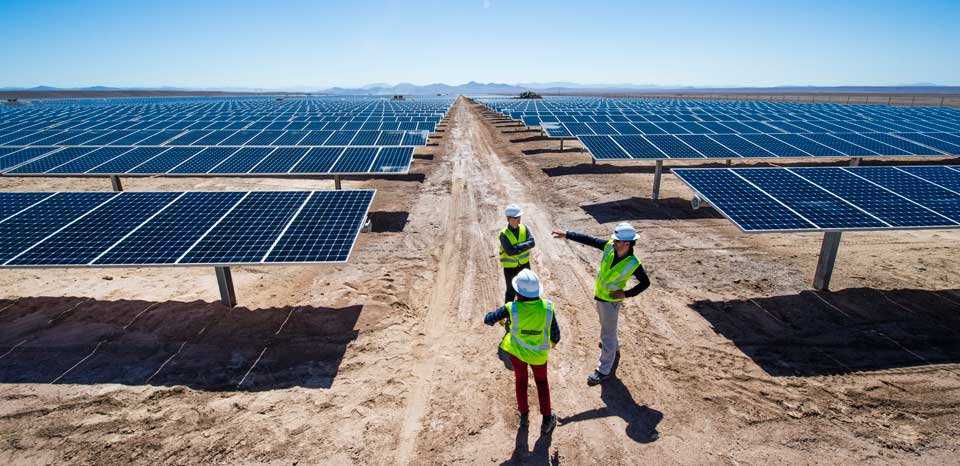
In its annual energy report, the World Energy Outlook 2020 (IEA, www.iea.org, October 2020), the International Energy Agency presents several updated energy scenarios to take into account the Covid-19 crisis. After a slight drop in global demand for electricity in 2020 (-2%), all of its scenarios « forecast » strong growth in electricity production, mainly provided by renewable sources (a very strong increase in wind power and solar photovoltaic which, according to her, would become the “king” of electricity). In 2030, the IEA baseline scenario « predicts » that two-thirds of global electricity production would be provided by low-carbon industries (renewable and nuclear). However, it would not make it possible to achieve carbon neutrality in 2050. the IEA has proposed a new, more proactive scenario, “Zero net emissions in 2050” (implied by CO2 emissions): a 60% drop in CO2 emissions between 2019 and 2030, associated with a 17% drop in primary energy demand (its level in 2006 but with savings that would have doubled in 2030). Renewable sectors would produce 60% of electricity (27% in 2019) and nuclear 10%. On a global scale (all countries combined), by 2030, we can observe that nuclear power share in global electricity production would not exceed 10%. More generally, the IEA scenarios « forecast » either a decline in the share of nuclear power in this production, or its slight increase. These shares would be, by 2030-2040, in a range of 20 to 16% for the EU, 19 to 16% for the United States, 18 to 25% for Russia, 9 to 21 % for Japan, and finally 7 to 11% “only” for China (5% in 2019) and from 4 to 7% for India (3% in 2019); the development of nuclear power for these two countries would however represent a very strong increase in installed capacity given the anticipated strong growth in demand for electricity which they would face, as a priority, with renewable sectors, solar in particular.
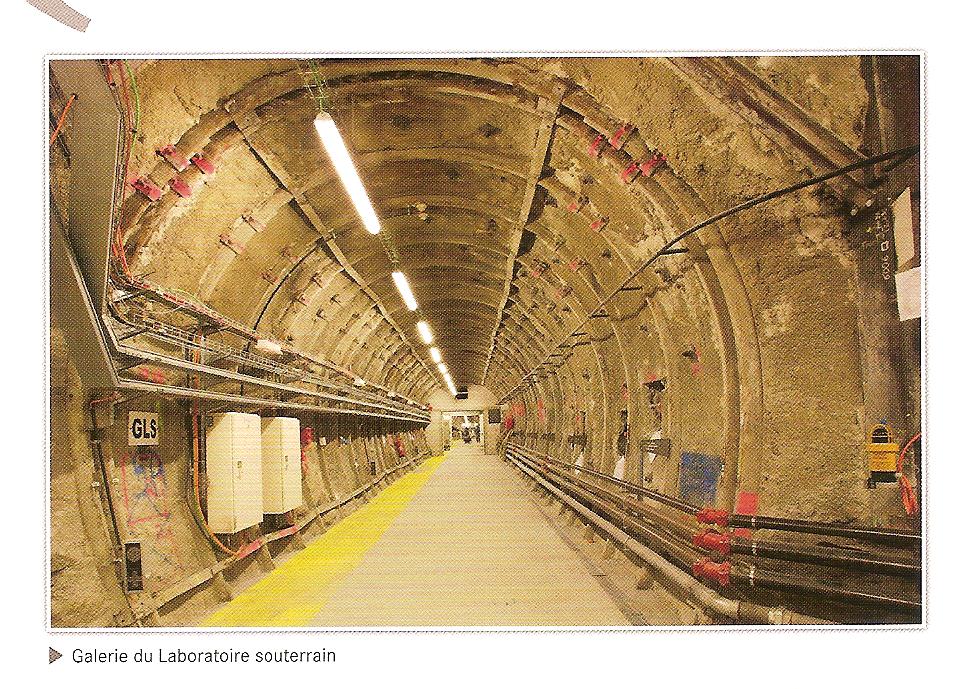
What kind of new reactors generations can we envisage in the long term (2040-2050)? The EPRs are the most advanced despite the difficulties encountered on several sites; they improve the safety of the reactors and slightly their efficiency. The breeders reactors, also known as fast neutrons reactors, operating with uranium and plutonium and cooled with molten sodium or lead, or even helium, is also being studied with several prototype reactors, in particular in China and Russia, France has unfortunately put on hold a project for a new prototype (Astrid) cooled with sodium. A version operating at high temperature is envisaged to produce hydrogen by thermal decomposition of water vapor as well as a process using molten salts (especially thorium). Thorium reactors are being studied on prototypes in China and India. Low-power reactors are also under study, a 125 MW option is under construction in China and Russia is experimenting with reactors of 35 to 57 MW of power for installation on icebreakers. The United States, for its part, favors small low power “modular” reactors (60 MW) which could be mass-produced and assembled, which would be an advantage. The most advanced model is the project of the firm NuScale in Idaho, a reactor built in cooperation with a federal laboratory. Each module is immersed in a large swimming pool supposed to ensure the safety of the whole reactor and it would be autonomous with its own uranium load, its core being cooled by pressurized water with boron in solution (to slow down the neutrons) and circulating by convection. The construction of a power plant with twelve modules is planned for 2030 for an estimated cost of at least $ 6.1 billion which will be likely exceeded, the project, which is three years late, has not yet obtained the green light. from the safety authority (A. Cho, “ Critics question whether novel reactor is walk-away safe”, Science, vol. 369, p. 888, 28 August 2020, www.sciencemag.org), a prototype that has not yet been tested. In France, among the measures included in the governmental plan to stimulate the economy, adopted in September, one of them provides € 400 million funding for research on modular reactors. The resources available for fuels (uranium and thorium) for new reactors do not seem to pose any major problem except at the geopolitical level, an issue that would deserve to be discussed.
Thermonuclear fusion, which is the subject of the international Iter program, an experimental reactor which is being built, at Cadarache in the south of France, is another very long-term option which has not yet been tested. The nuclear power of the future is an option which has advantages, as it does not emit CO2, and it is energy intensive and controllable. Obviously, the risks and drawbacks must not be underestimated, reactor safety being a crucial factor, while the storage of wastes must be taken into account (cf. picture of the ANDRA underground laboratory for nuclear wastes storage). We must also observe that new reactors are very capital intensive and the cost of the MWh produced has increased significantly (much higher than 50 €/MWh for present reactors generation). Let us add that nuclear power would contribute to the energy transition not only by producing electricity but also heat by cogeneration, the latter being used in chemical processes, as hydrogen production for example, and for seawater desalination. There are many arguments in favor of leaving this option open in Europe and in particularly in France, which has significant scientific, technological and industrial assets in this domain. The World Energy Outlook 2020 has established the sun as the “king” of the global electricity mix, without specifying too much how it will be installed technically, but it has also underlined the need to guarantee flexibility in electricity production, in particular in order to respond quickly to a demand, tasks that intermittent sources such as solar plant cannot achieve in all circumstances, hydraulic and nuclear power being the only non-carbon sources that can do so.
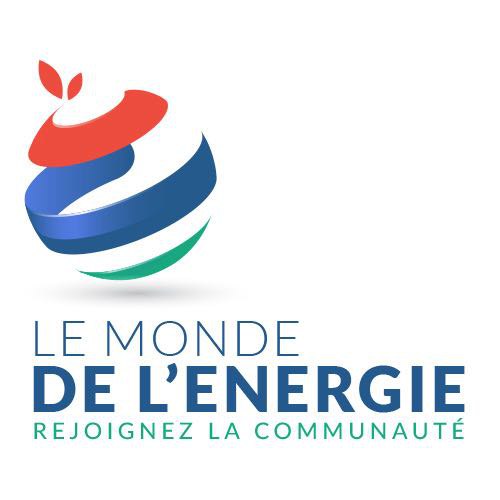
Be that as it may, reflections on the energy transition future presuppose, in France in particular, an open debate, without ideological preconceptions, in which the place of nuclear power must be considered, but considering also that it is a delicate energy to plan and direct and which therefore requires defining long-term strategies, particularly for research, with clear objectives.